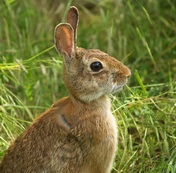
For instance, I might have Lily and Edgeworth talking and know that they're standing in the gardens of his estate. But I didn't mention much about the area except the hedge. So now I need to consider what it's like in the garden. I want to give a hint of the surroundings—not a whole story of their surroundings, but just enough so the reader can imagine it.
If you look at the cover of The Notorious Countess, you can see the ratio of what I like to do with the background. The Countess is foremost. At a glance, a viewer probably only notices her. She's wearing historical dress and in an elegant room. Covers should give the reader a hint of what is inside, and the setting in the story is the same way for the characters' lives. Otherwise, it's "talking heads."
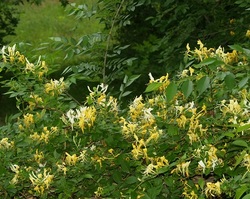
Jane Austen and her contemporaries tended to spend a lot more time on the background than we do today—possibly because the readers of the past didn't have the knowledge of other lives and worlds that we have. Or maybe because books were more expensive and the reader wanted a more winding path to get to the end. Description was part of the story itself. Today's readers need less information about settings. But they definitely need to be able to visualize the world in the background.
Now, I'm planning to go back over what I wrote a few months ago and add description of the world around my characters.
Above photos:
The photo of the honeysuckle and also the rabbit were taken in my garden area. At this moment, neither are in my manuscript, but I definitely expect a hare, and the scent of honeysuckle to be added to the next draft.
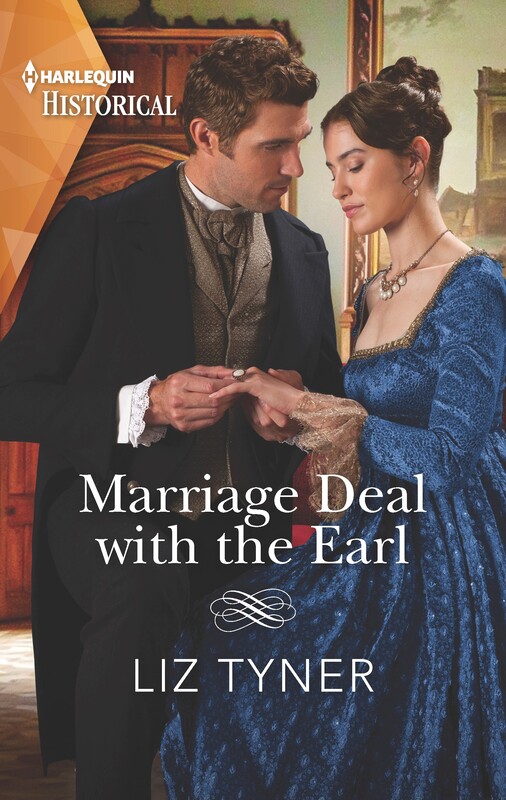
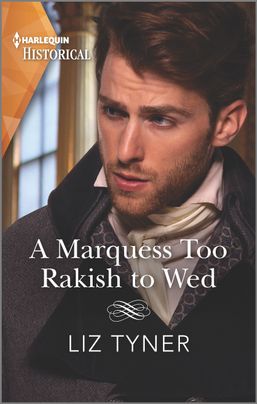
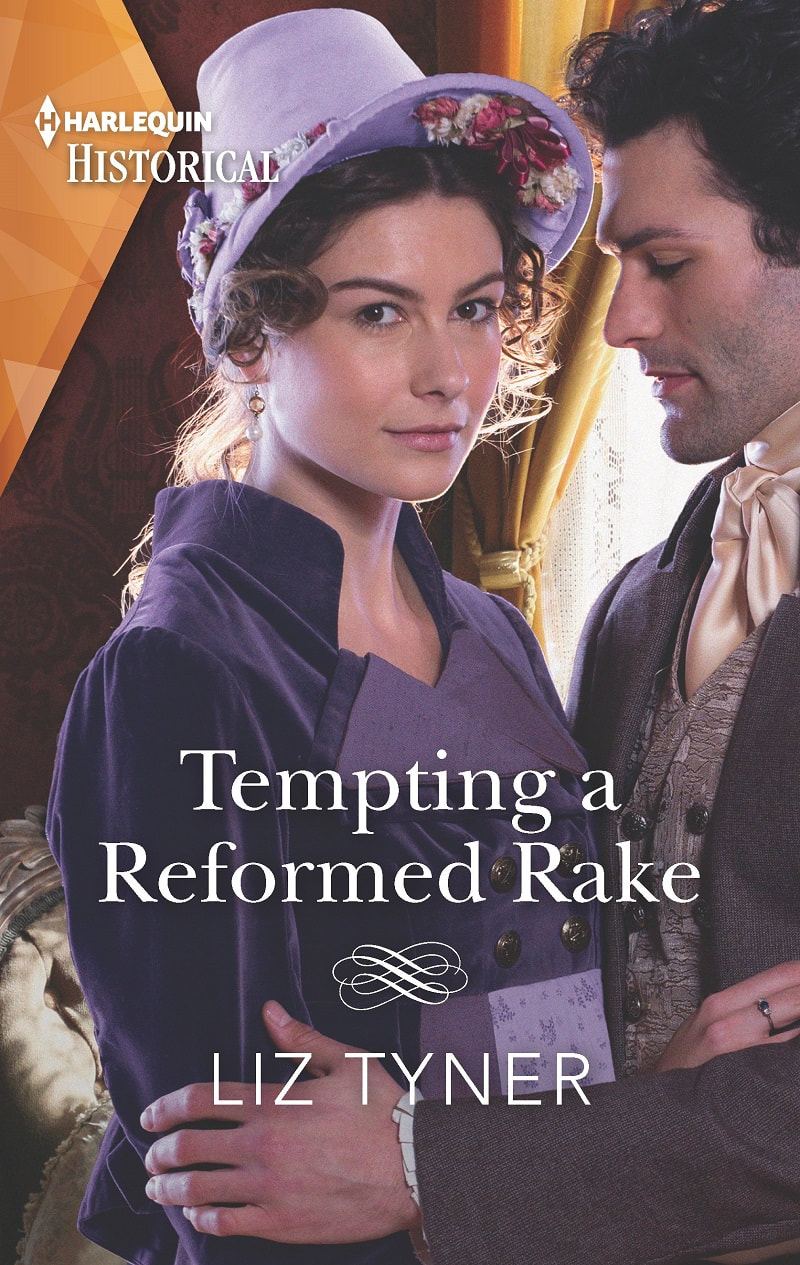
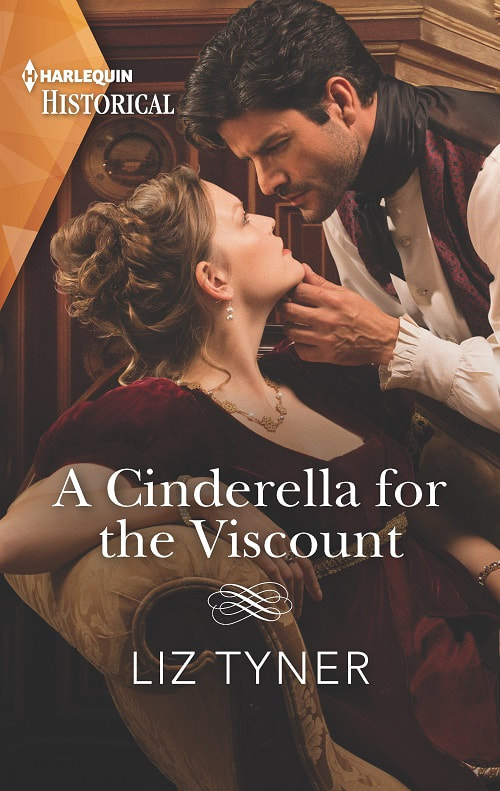
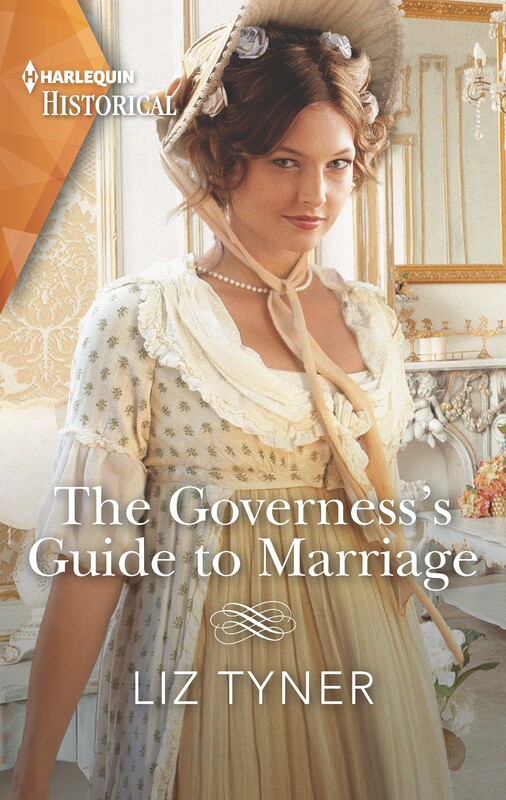
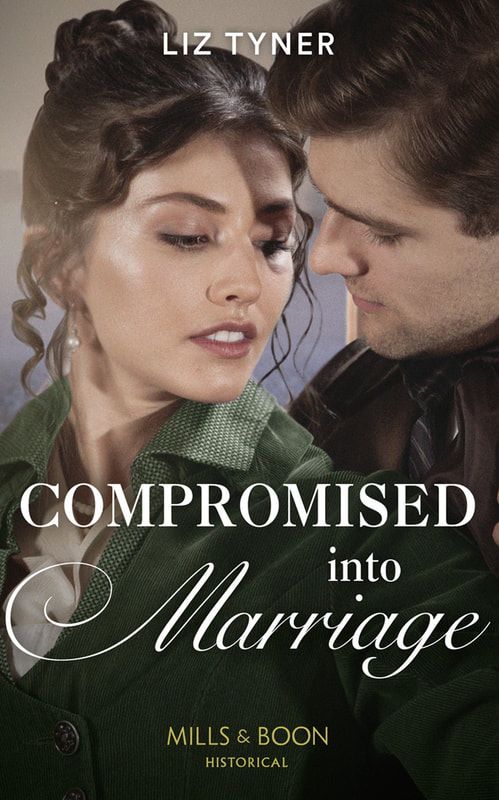
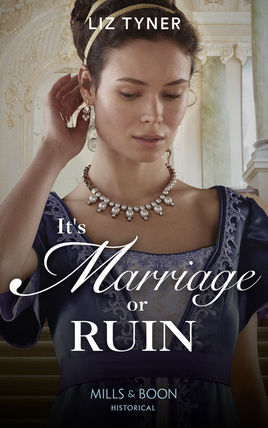
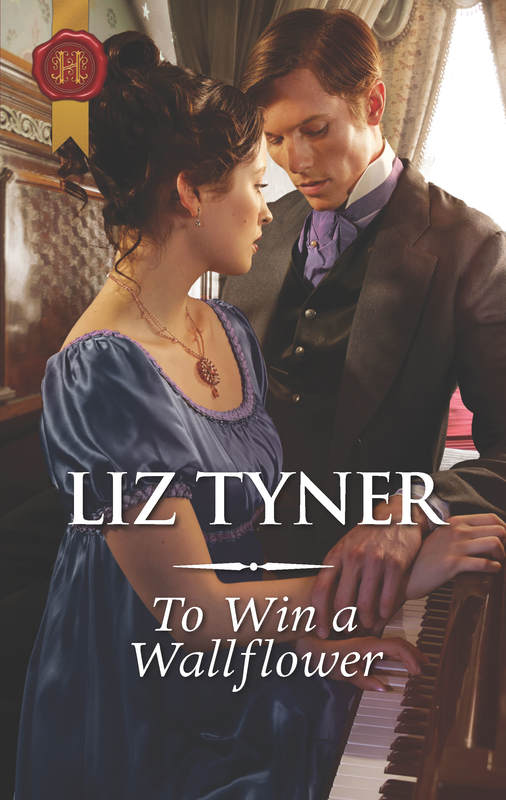
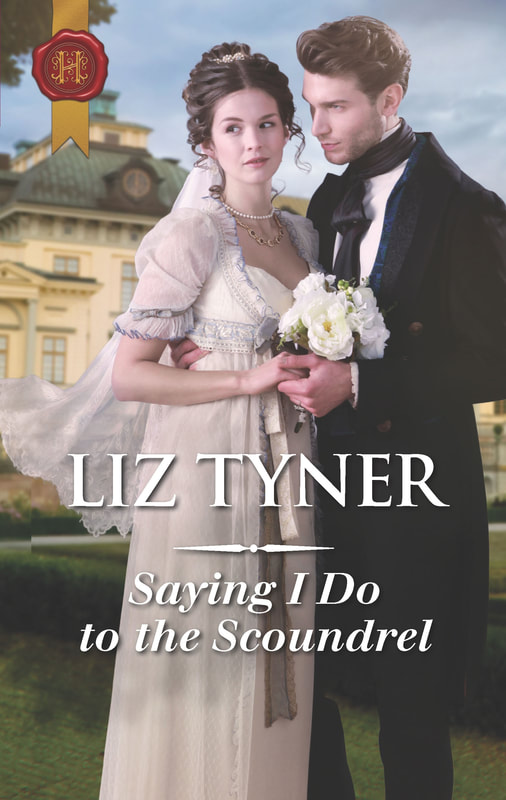
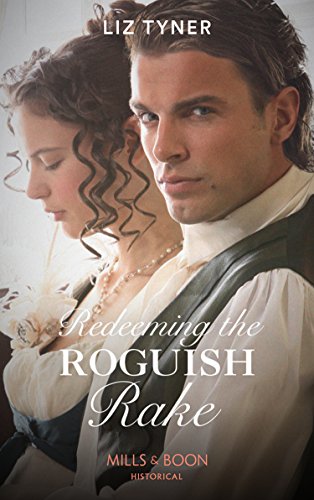
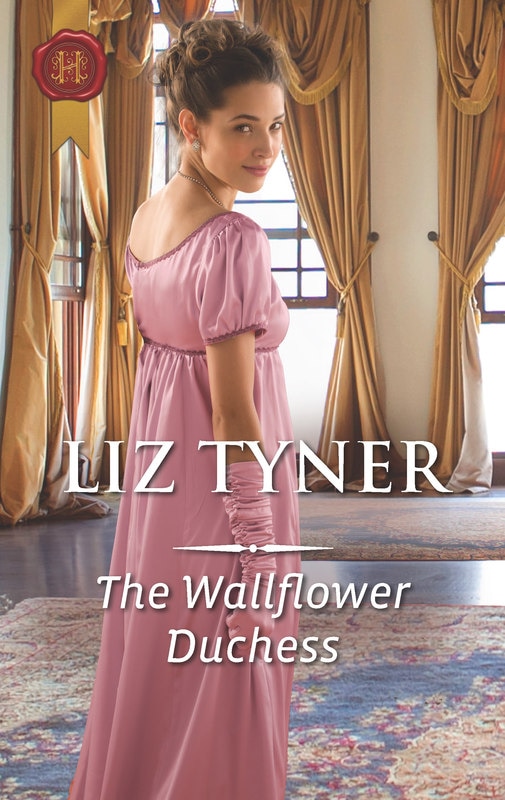
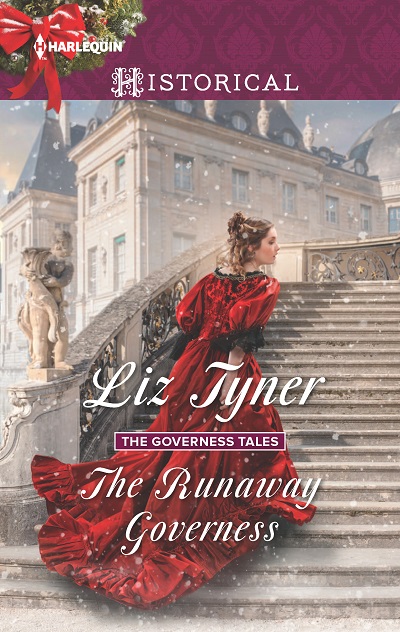
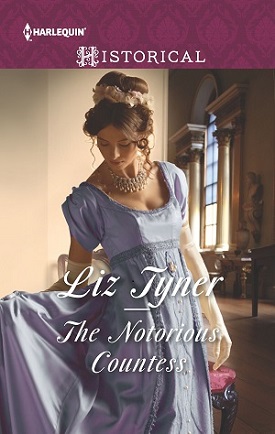

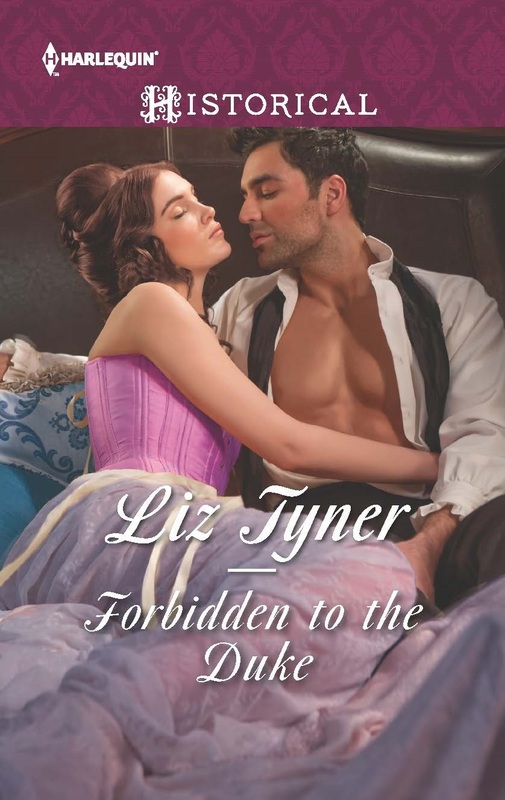


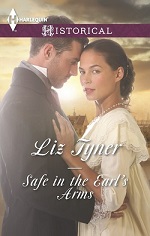
 RSS Feed
RSS Feed

